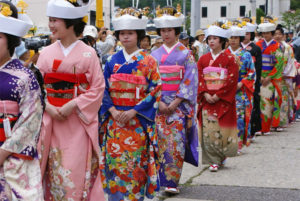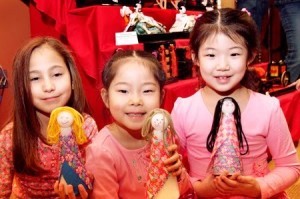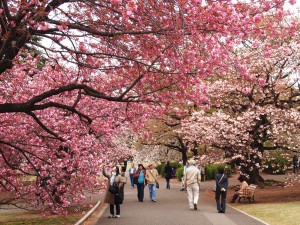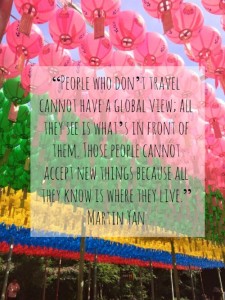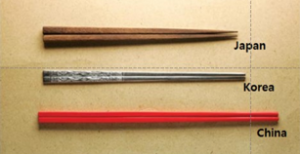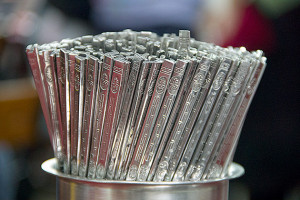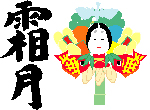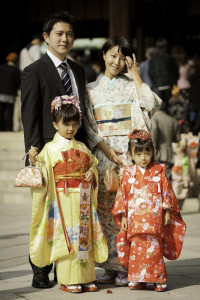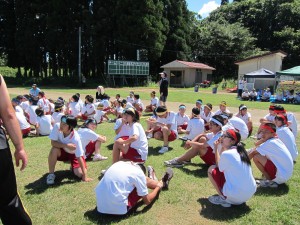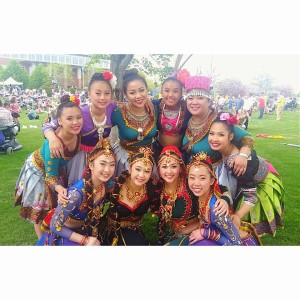“Fumizuki, a traditional name for July, refers to “book/origin month. The true meaning of the kanji is difficult to decipher. One theory is that fumizuki is a shortened form of hofumizuki, referring to a time when rice becomes ready for harvest. Another possible explanation is that the name is short forfumihirakizuki, meaning to hope for an improvement in one’s calligraphy skills.
July 7 is Tanabata or the Star Festival, that celebrates the meeting of the deities named Orihime and Hikoboshi. The third Monday of the month is Marine Day, commemorating the return of Emperor Meiji to Yokohama port from a boat trip to Hokkaido in 1876.” – Rightful owner
In July, parts of Japan is experiencing the rainy season while other areas will have very hot and sunny weather. Places in higher elevation like Hokkaido will probably have better weather conditions. There are plenty of things to do and lots of festivals to attend throughout Japan. If you are visiting Japan during this month, prepare an umbrella, sunglasses, and light clothing. Here are some things that are happening in July in Japan:
Geishas during the Gion Matsuri Festival.
http://www.goldenjipangu.com/
- Summer in Japan means that there will be tons of festivals being hosted through out the entire month and country.
- Gion Matsuri is a festival celebration that occurs in Kyoto for the entire month of July! Hosted in Kyoto, this festivals displays 10 to 20 amazing decorative floats. People come to enjoy the sights and foods, but also to buy good luck charms to ward off evil. For more in depth info on the event, location, time, and its history, click here!
-
- Tenjin Festival is big festival held in Osaka that showcases fireworks, parades, geishas, river boats, and so much more. It attracts people from all over Japan to attend this event for For more in depth info on the event, location, time, and its history, click here!
- For a calendar overview of all the official events happening in Japan during July, click here!
- Beach season is on full fledge and it’s time to enjoy the coastal regions of Japan. There are a lot of beaches to go to depending on where you want to visit. It is probably best to avoid the most popular beach destinations so you wouldn’t have to compete with so many people on the same beach.
- For other events/festivals occurring in July, click here!

